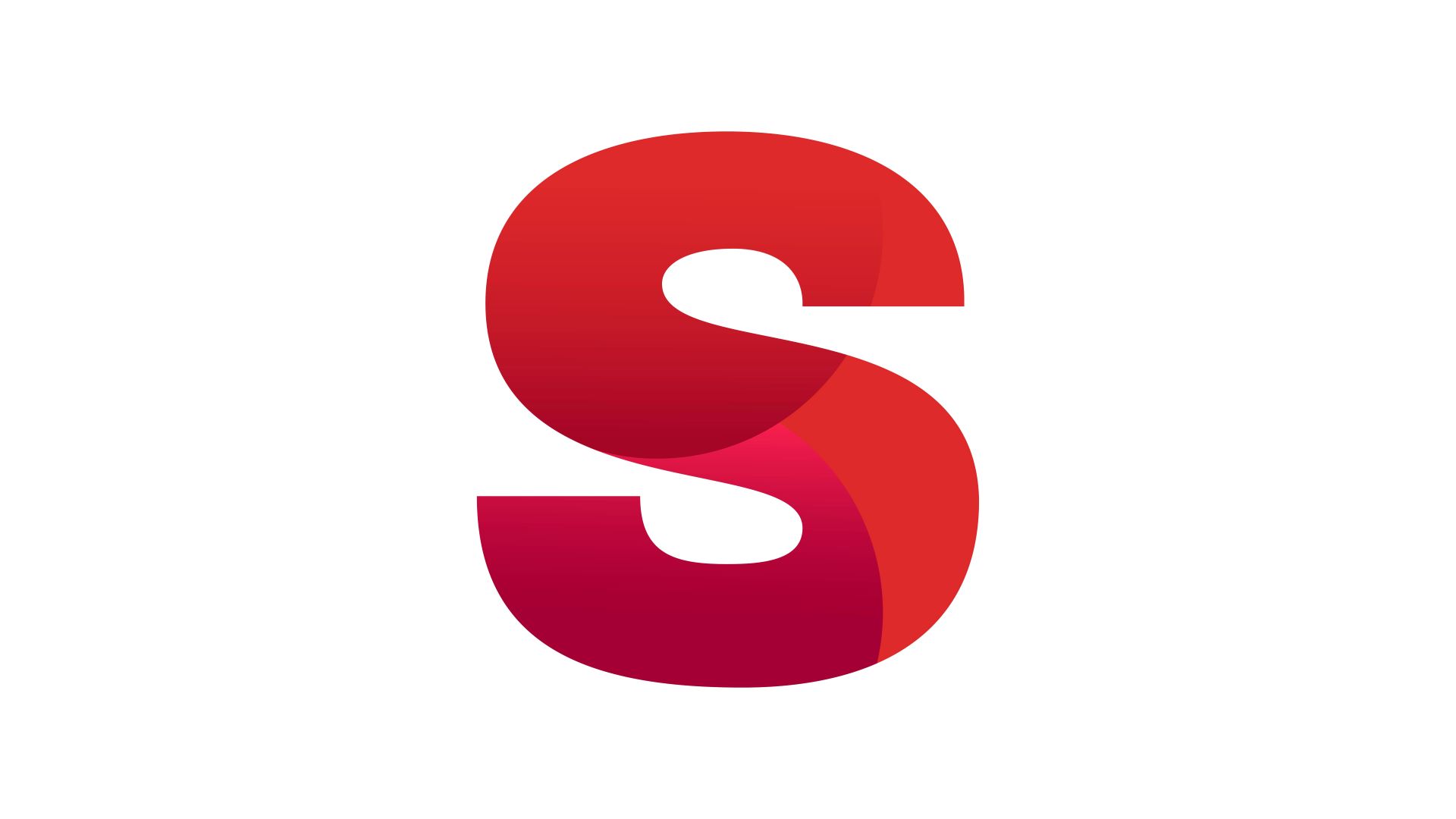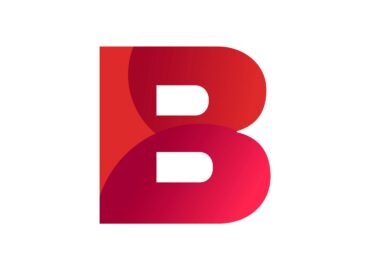S – Glossary
Software as a Service (SaaS) is a software application that is provided to the user over the internet on a subscription basis. It is managed by the provider and can be accessed by the user by a web browser or mobile device. It is becoming a popular option as it eliminates the need for software licensing, expensive hardware and maintaining the IT staff and provides great flexibility to organizations that can access the software with a stable internet connection and can easily scale up or down according to their requirements. Some of the important SaaS applications are talent intelligence platforms, customer relationship management and accounting software that will revolutionize the way software has carried out its duties and will be accessible to businesses as per their requirements.
A record of an employee’s skills, certifications, and training that can be used to assess their readiness for new roles and career paths within an organization.
The responsibility of an organization to positively impact society and the environment, and how this is communicated to employees and stakeholders.
A process for identifying and developing internal employees to fill key leadership positions in an organization.
The process of comparing an organization’s salaries and compensation packages to those of similar organizations in order to ensure competitiveness.
The temporary assignment of an employee to work for another department, location, or organization.
An educational approach that empowers employees to take ownership of their learning and development through self directed goals and activities.
A model in which multiple departments or functions within an organization share centralized support services such as HR or finance.
A compensation system that pays employees based on their skill level.
Skill Gap Analysis is a process of identifying the gaps in skills and knowledge that exist within an organization’s workforce.
An evaluation of an individual’s skills, knowledge, or abilities in order to determine their strengths and areas for improvement.
A hiring approach that focuses on the skills and abilities of candidates rather than just their previous job titles or experience.
The process of building an individual’s skills or knowledge through training, education, or on the job experience.
The difference between the skills and knowledge required for a job and the skills and knowledge possessed by a candidate or employee.
The combination of skills and abilities required for a specific job or task.
The value derived from an individual’s social networks and relationships.
A type of learning in which individuals learn from each other through informal interactions, such as peer.
The use of social media platforms to recruit and engage with potential job candidates.
A process that involves forecasting an organization’s future workforce needs and developing strategies to meet those needs.
The key performance indicators (KPIs) and metrics used to measure and evaluate the success of HR programs and initiatives.
A profile of the skills, abilities, and characteristics required for success in a specific role within an organization.
The process of identifying and developing employees who can fill critical leadership roles in an organization in the future.
Succession planning is the process of identifying and developing employees within an organization who have the potential to fill key leadership and managerial positions in the future. The goal of succession planning is to ensure that the organization has a set of talented individuals ready to step into critical roles as needed, whether due to retirement, promotion, or sudden changes in an organization’s leadership. Succession Planning ensures a smooth flow of business operations by searching for the replacement both outside and inside the organization. By investing in succession planning, organizations ensure that they have the leadership and management talent necessary to drive organizational growth.
The degree to which an organization is prepared to fill critical roles and maintain continuity when key employees leave.



